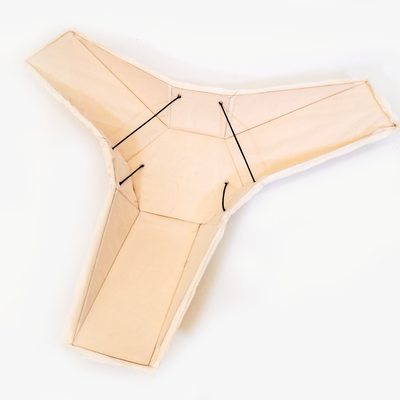e
HOW CORK IS MADE
r
1 of 70
2 of 70
3 of 70
4 of 70
5 of 70
6 of 70
7 of 70
8 of 70
9 of 70
10 of 70
11 of 70
12 of 70
13 of 70
14 of 70
15 of 70
16 of 70
17 of 70
18 of 70
19 of 70
20 of 70
21 of 70
22 of 70
23 of 70
24 of 70
25 of 70
26 of 70
27 of 70
28 of 70
29 of 70
30 of 70
31 of 70
32 of 70
33 of 70
34 of 70
35 of 70
36 of 70
37 of 70
38 of 70
39 of 70
40 of 70
41 of 70
42 of 70
43 of 70
44 of 70
45 of 70
46 of 70
47 of 70
48 of 70
49 of 70
50 of 70
51 of 70
52 of 70
53 of 70
54 of 70
55 of 70
56 of 70
57 of 70
58 of 70
59 of 70
60 of 70
61 of 70
62 of 70
63 of 70
64 of 70
65 of 70
66 of 70
67 of 70
68 of 70
69 of 70
70 of 70
-
oFavorite This
-
QComment
Share your thoughts
K
{Welcome
Create a Core77 Account
Already have an account? Sign In
By creating a Core77 account you confirm that you accept the Terms of Use
K
Reset Password
Please enter your email and we will send an email to reset your password.




